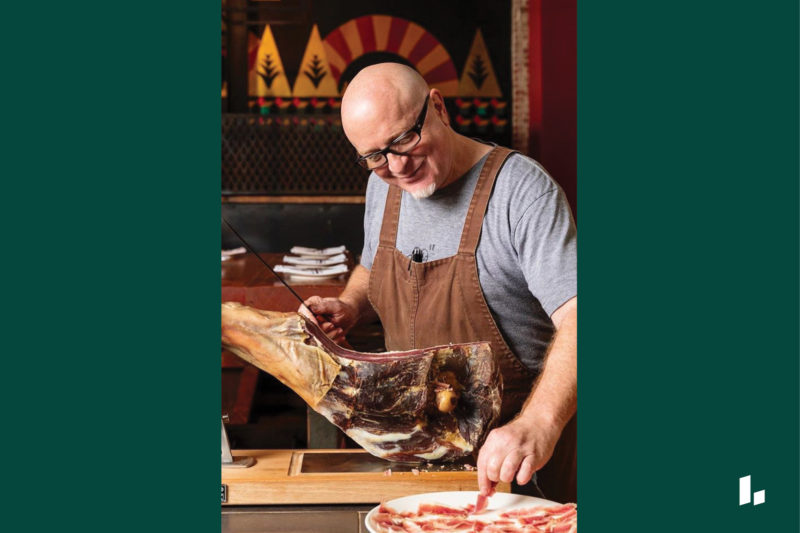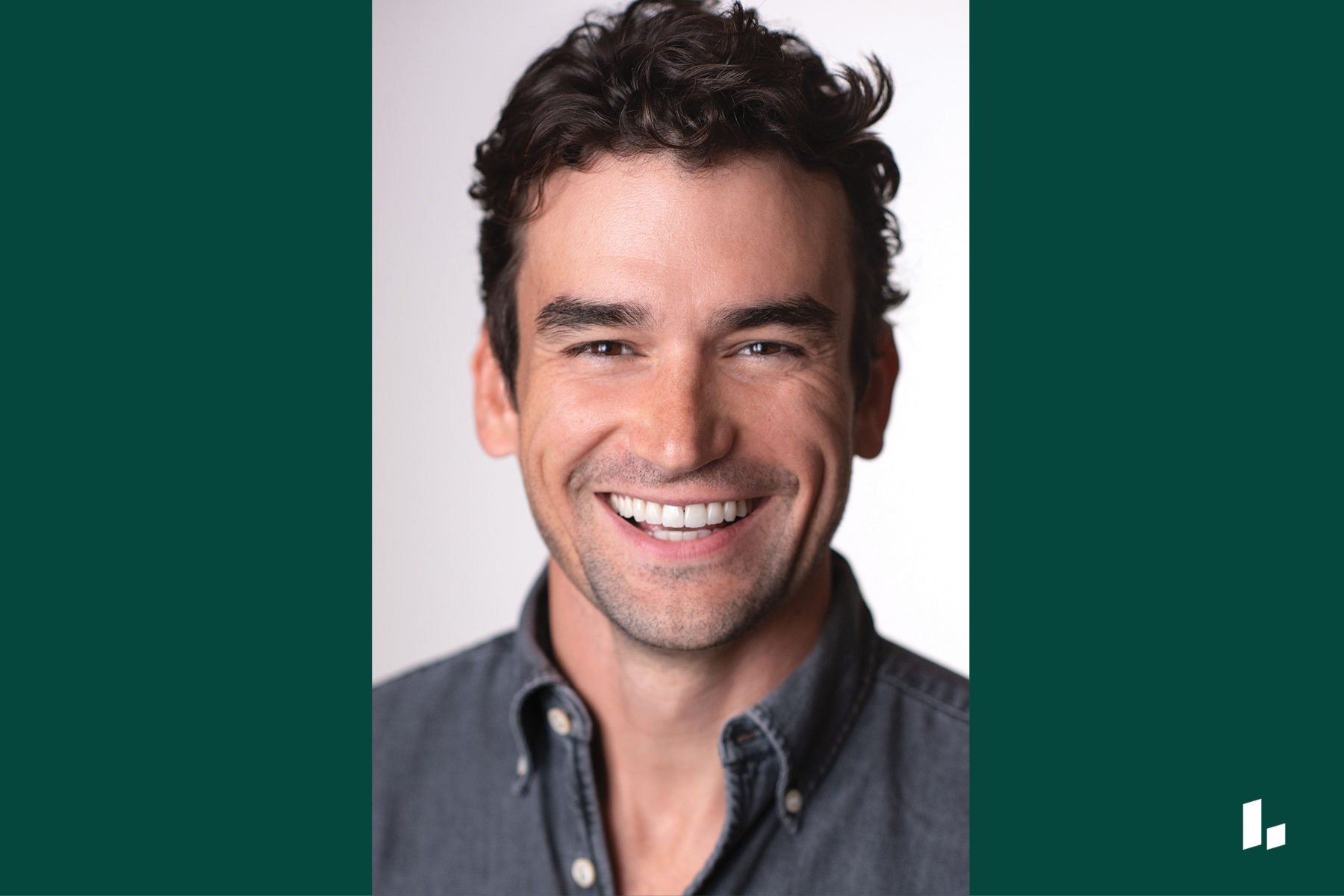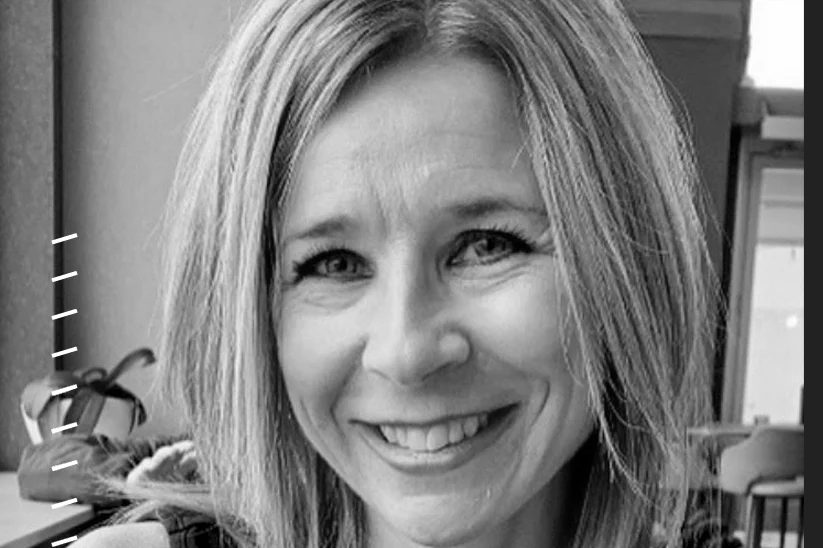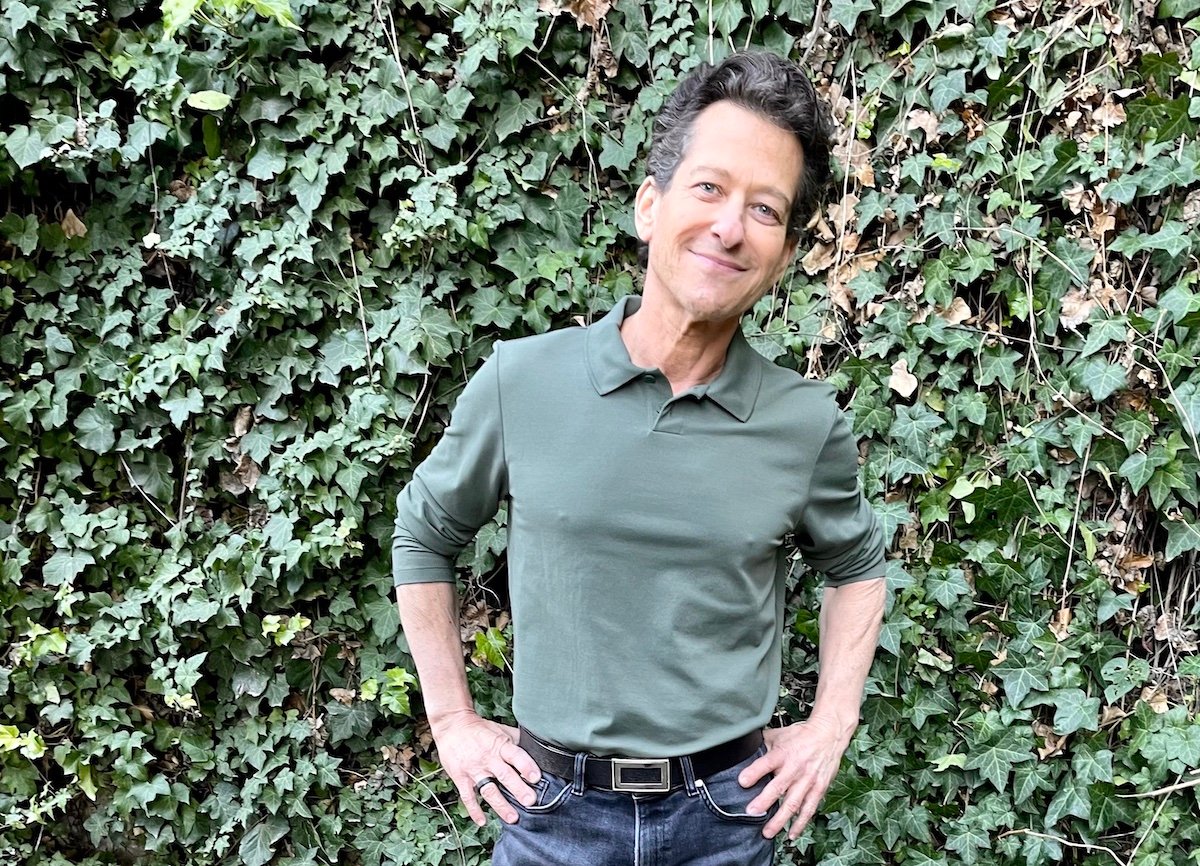Member Profile
Who: Paul Canales, chef and owner of Duende, an authentic regional Spanish restaurant in Oakland
Where: Oakland, California
Time with Levels: Two Months
Favorite Glucose-Friendly Food: Sprouted almonds, cashews, walnuts, and pumpkin seeds. “They give me the ability to stay away from chips and cookies happily.”
1. What was your health and fitness routine like before you put on the CGM?
I grew up as an athlete and have been a competitive tennis player and ski racer. I have also had a yoga practice since age 12. So staying active has always been important to me. Today, my primary source of exercise is walking, with a focus on vigorous interval walking, as well as resistance exercise. As a chef, I’m constantly moving around the kitchen. But during the pandemic, I had a lot of extra time, and I’d walk up to two hours.
“Here was something that gave me real-time data. Now I didn’t have to be looking up glycemic indexes of my food. I knew if I could start to understand my blood sugar and get real-time information about what I’m doing—not just what I think I’m doing—I could improve my health immediately.”
As for my diet, I buy all of my stuff from the farmer’s market. My meat and fish come from excellent purveyors, and I only buy meat if I’ve visited the farm. I eat really high-quality ingredients, and I would even look at things for glycemic load—say, sourdough is better than white bread.
So, as a result of all of this, I could fool myself into thinking I was being healthy even when there were signs I was not.
2. So what led you to put a CGM on your arm?
Last August, I turned 60. In the past couple of years, I noticed that I was putting on weight and, looking back on it, I think I would have been categorized as obese. I also was dealing with nagging injuries.
I would say that my health was deteriorating without me realizing it. My pants were tighter. Sometimes as a 60-year-old I might eat like a 30-year-old.
My health was a smoking gun. There’s no doubt in my mind I had insulin resistance. I’m sure I was on my way to diabetes if I kept going the way I was going.
With Levels, here was something that gave me real-time data. Now I didn’t have to be looking up glycemic indexes of my food. I knew if I could start to understand my blood sugar and get real-time information about what I’m doing—not just what I think I’m doing—I could improve my health immediately.
Learn more:
3. What surprised you?
I had been playing around with time-restricted eating, and then I thought, why don’t I try a weekend where I do two days of 24-hour fasts? On Friday night, I’d eat dinner at 6 p.m., and then I wouldn’t eat again until dinner on Saturday and then dinner on Sunday.
All of a sudden, my glucose lines [in the app] looked much flatter. With fasting on those two days and then going to more of a 12-, 10-, or 8-hour daily eating period, my levels stabilized. Even when I’d eat something like chocolate, my blood sugar would rise, but it was not as dramatic as the spike I got before I did this fast.
Now I’ve been doing a two-day fast the first weekend of every month.
A different example: I tried a couple of slices of this fitness bread—a sort of healthy, whole grain bread. My blood sugar went crazy. I completely felt like crap. The next day, I had the same thing, but with heavy peanut butter, flax seeds, and sesame seeds. My spike was as bad, if not worse. And I felt even worse than the day before. Even the following day, with no bread, I felt terrible. Man, it was brutal. That was the biggest “ah-ha,” just to see how sensitive I was with stuff like that.
4. As a chef, do you feel limited in what you can eat now?
Only self-imposed limitations. Before I eat, I think about my ‘why.’ My ‘why’ is longevity and being in the game for a long time. But when my 17-year-old daughter makes the most delicious BLT with sourdough bread, I’m going to eat that. But now that I know, I preload the meal by eating a good handful of nuts 15 to 30 minutes before dinner. I eat that sandwich with plenty of bacon and avocado.
Same with starches. I don’t need white flour pasta to be part of my diet, but if I have starches, now I know what to do with them. Purple potatoes have good nutrients, so I tried them with the CGM, and they jacked my blood sugar. Then I read about resistant starch on your blog—how cooking and cooling starch can blunt the glucose effect. So I did it with purple potatoes. Brilliant. It worked perfectly—no crazy spike. I’ve even done it with chickpea pasta. I’ll cook it 90%, take it out, cool it down, and then toss it with some olive oil and not serve it for a couple of days.
Overall, I’m happy with the changes. Now, I’d rather sit and eat sprouted almonds and pumpkin seeds instead of tortilla chips any day. I don’t feel limited at all. I know how to cook vegetables and fish, and I love all that stuff. It’s more about changing the way that I eat and when I eat.
5. Will this experience impact the food you serve at your restaurant?
Yeah, absolutely. In a Spanish restaurant, the biggest issue is paella because it’s rice-based. One night, I made one out of whole-grain farro, and the results were exciting. I had a much better response to that than I expected. When we reopen, I’m going to offer all the paellas traditional or with whole-grain farro.
Another thing is that I don’t use any pre-made sauces. We make everything we serve, including cured meat. But I will look at what options I’m putting on the menu. I do cook from the farmer’s market, so everything is seasonal. What I can do in each season is to create even more items on the menu for people who want to eat this way without taking away from anyone’s experience.










